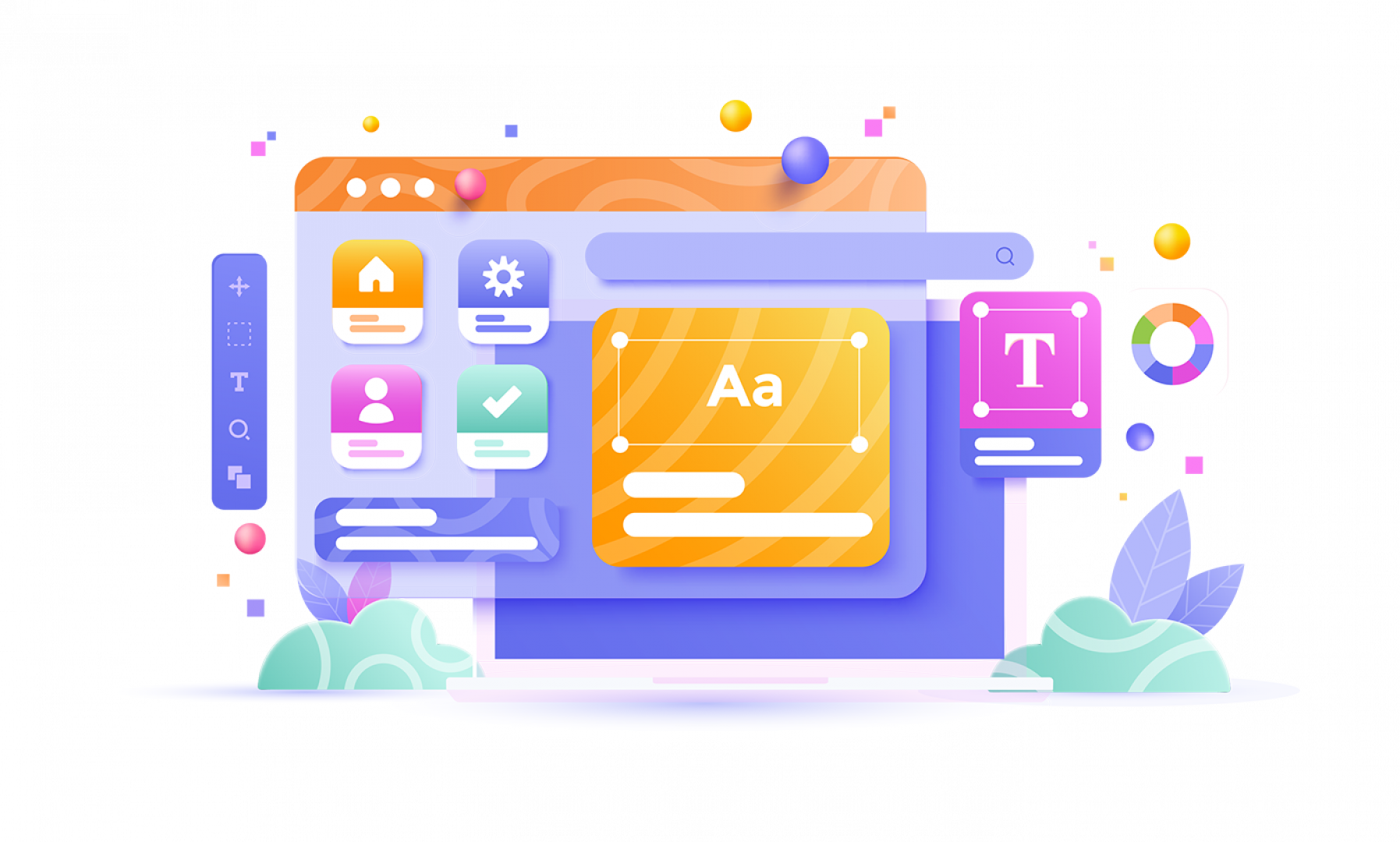
Structuring Your Page Content for SEO
9 min read
When it comes to search engine optimized content, the content itself is only half the battle. In addition to the content itself, there are other vital factors that come into play for any webpage to rank highly. If we want our content done justice, then we have to take a number of important on-page factors into account.
Though their ever-changing standards may be frustrating, the reality is that we still have to bear with algorithmic bots determining page value. The bots that we have to work with today are more refined than those of yesteryear, but no less important to appease for the sake of your page's rank.
To make sure that each page structure wins the favor of the bot, we'll want to make sure that we cover the following bases.
The URL
The URL of the page itself needs to communicate to the Google algorithm that your page supplies a certain demand. When structuring the URL, keep the hierarchy of the page in mind. If your website has multiple subsections, then any subsection's URL should show the category that it belongs to.
Consider a website for a financial consulting business that has a Services page with clickable links to each specific service area. When navigating to any of the pages that are dedicated to these specific services, such as asset management, the URL should communicate that the page itself belongs to "Services" category.
Example:
http://www.hypotheticalfinancewebsite.com/Services/Asset_Management
By having the URL clearly show the specific category that each page belongs to, the page's relevancy is made much more clear and its value is increased. If you happen to use a sitemap, make sure that the map is up to date with all of the URLs that you want indexed.
Originality and accessibility
Originality and accessibility are two of the most important factors in ensuring that that the bots responding favorably to each page. Bots need to be able to determine that each page holds unique value and dissect that value without being blocked.
Originality not only applies to content that already exists on other websites, but also content that exists within your own website. It's bad practice to have any duplicate content on any of your pages. Duplicate content in a single website confuses the bots by making it harder for them to determine hierarchy, and it will hurt the page's ranking due to the assumption that it's unoriginal.
There are a number of tools that some webmasters use to make certain pages of their websites less visible through search engines. If you happen to be using any of these tools or any like them, you should make sure that they aren't limiting how easily your pages can be accessed by the bots.
Every page needs to be fully capable of being crawled, or it can't be indexed. If you're using any tools that keep parts of your pages hidden through search, make sure that the page itself can still be crawled so that it isn't simply passed over.
Use headlines strategically
Headline tags are vital for indicating the most important areas of your content. Strong headlines not only increases the the optimization of the page for the bots, but also makes it far more readable to human visitors who expect certain information to take precedence.
When people read webpages, they're mostly going to scan through the body text and glance at the headlines to see if they can pick out what's most relevant. You'll want to use your headlines to flag down their wandering eyes before they leave without being able to get value out of the page.
No headline should be absolutely identical to the title of the page, but at the same time, there shouldn't be too much of a difference either. Too much of a difference between the headline and the title may give the impression that the page's content isn't what the searcher was originally looking for.
Make a point to consider the hierarchy of each subheadline as well. Just like the categorical ranking of the page itself matters, the ranking of your page's subsections should be kept in mind as well. If your major headlines are wrapped in H1 tags, smaller headlines would be better to wrap in H2 tags.
Conclusion
Structuring a page's content for better SEO isn't a complex process, but some of the more subtle on-page factors can be be easily overlooked if we're careless. Consider your page in terms of both a crawler bot and your ideal human reader, and aim for a satisfactory median that pleases both of their standards.
It may help to keep a checklist that you can look over before publishing each page to make sure that all of the most important on-page factors have been hit. Brian Dean has a comprehensive checklist with even more factors that can be useful for judging the SEO friendliness of your page structure.
Posted on: 04 December, 2016
V10.6.0 - Released
Posted on: 04 March, 2025
Discover Limecube's latest release
Below is a list of release notes covering what is new and improve.....
Read more
How to Cultivate a Culture of Innovation in Your Business
Posted on: 09 April, 2025
From the early days of Limecube, innovation has been at the core of our mission—not because it felt .....
Read more
SUBSCRIBE TO OUR NEWSLETTER
Subscribe to receive updates on new features, themes, tips and tricks to make your website better.
We promise not to spam you! :)
View our privacy policy here.


